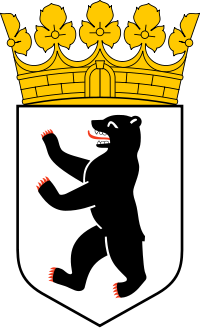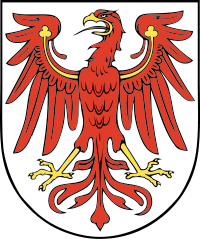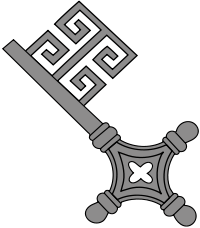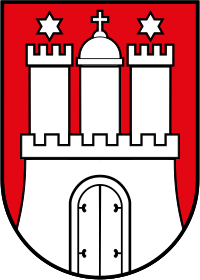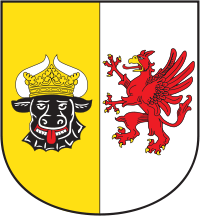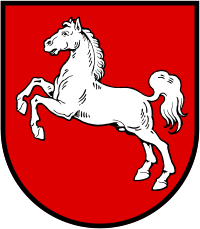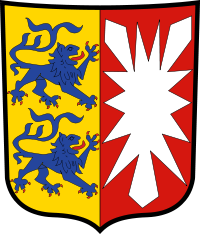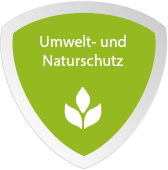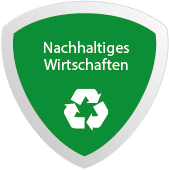Die nachfolgenden Inhalte stammen aus dem Kooperationsprogramm "Interreg Baltic Sea Region" (Version 1.2).
Kurzbeschreibung
The blue growth understood as a smart, sustainable and inclusive economic and employment growth from the sea and coasts provides opportunities for the BSR as it holds growing potential for the economic use of the Baltic Sea resources and protection of its environment. Therefore, the programme addresses sectors that rely on sea resources in order to develop sustainable business opportunities. Public sector agencies shall help with these challenges and opportunities.
Förderziel
To advance sustainable and resource-efficient blue growth based on increased capacity of public authorities and practitioners within the blue economy sectors.
Fördergegenstände
Daten-, Informationsgrundlagen, Demonstrations-, Modell- und Pilotvorhaben, Monitoring, Evaluierung, Produktentwicklung, Markteinführung, Strategieentwicklung, Konzept-, Teilkonzepterstellung, Vernetzung, Kooperation, Wissenstransfer
Zuwendungsempfänger
- Public authorities/institutions responsible for promotion of industry and economy within blue economy sectors at national, regional and local level.
- Public authorities/institutions responsible for planning, management and protection of marine resources at national, regional and local level.
- Authorities from specific sectors using marine resources (e.g. energy, agriculture, fisheries, marine tourism, etc.).
- Intergovernmental organisations (e.g. HELCOM, VASAB).
- Environmental protection agencies.
- Enterprises in blue growth sectors.
- NGOs.
- Academic and research institutions.
Förderfähige Gebietskulisse
Die förderfähige Gebietskulisse in Deutschland umfasst: Berlin, Brandenburg, Bremen, Hamburg, Mecklenburg-Vorpommern, Niedersachen (nur Lüneburg!) und Schleswig-Holstein.
Kooperationsmöglichkeiten bestehen mit folgenden Staaten: Belarus, Norwegen, Dänemark, Polen, Russland, Schweden.
Achtung: Bitte prüfen Sie im Kooperationsprogramm (KP, CP) welche Teilräume der Staaten förderfähig sind.
Das Programm erlaubt Kooperationen mit Akteuren außerhalb der formalen Grenzen der Baltic Sea Region (BSR) um bereits bestehende Netzwerke zu stärken.
Art der Unterstützung
Non-repayable grant
Beschreibung
The human activities in BSR are causing widespread pressures to marine ecosystems. The financial capacity of the regional economies is limited. Thus, there is a need to approach the Europe 2020 growth and resource-efficiency goals from unconventional, integrated and innovative perspectives.
The blue growth understood as a smart, sustainable and inclusive economic and employment growth from the sea and coasts provides opportunities for the BSR as it holds growing potential for the economic use of the Baltic Sea resources and protection of its environment. Therefore, the programme addresses sectors that rely on sea resources in order to develop sustainable business opportunities. To prevent negative impacts of exacerbating pressure on vulnerable sea resources, including the natural and cultural heritage and the ecosystem, which are already affected by the climate change, the approach of proposals must be sustainable and resource-efficient. This will also provide an opportunity for the region to become a leader in the sustainable use of marine resources. Consequently, the programme aims at building favourable framework conditions and increasing capacity of public authorities and practitioners for developing blue growth solutions and providing a test ground for such solutions on a transnational level.
Examples of actions:
- Piloting application of advanced marine technologies for sustainable use of marine resources, with potential for multiple uses of these resources.
- Testing models for cross-sectoral cooperation among actors promoting innovative uses of marine resources.
- Clustering innovative, sustainable applications of marine resource uses.
- Developing policy proposals for supporting blue growth business opportunities.
- Implementing pilot investments, preparing the ground for future resource-efficient blue economy projects on a larger scale.
- Conducting market surveys on potential of products from marine resources.
- Developing transnational strategies to use the cultural and natural heritage of the sea and coastal areas for sustainable business development, e.g. pilot actions improving the resource efficiency of maritime tourism.
- Developing integrated management plans on marine environment and biodiversity in sea sub-basins.
- Developing framework conditions for integrating new uses of marine resources into maritime spatial planning.
- Improving linkages between water management monitoring and reporting systems and site selection/maritime spatial planning.
- Testing models and establishing common standards concerning ecosystem services and harmonisation of maritime spatial plans across the borders.
Zielgruppe
People, enterprises and other entities living from and with the marine resources of the baltic sea.
Zentrale Zuwendungsvoraussetzungen
Wichtige weitere Informationen zu Zuwendungsvoraussetzungen, wie z. B. die Mindestanzahl an Projektpartnern, finden Sie in den zugehörigen Unterlagen.
Auswahlverfahren
Das Auswahlverfahren findet sich ab Seite 61 des Programmhandbuchs. Die Auswahl geeigneter Projekte findet in zwei Schritten statt. Im ersten Schritt wird von den Bewerbern nur ein Konzeptpapier eingereicht. Falls das Konzeptpapier nach einer Prüfung positiv bewertet wurde, wird der Bewerber aufgefordert, eine vollständige Projektbewerbung einzureichen, auf deren Basis die Projekte schlussendlich ausgewählt werden. Die Kriterien finden sich auf Seite 70-73 des Programmhandbuchs.
Projektauswahlkriterien
Die Bewertung der Anträge umfasst eine Prüfung der formalen Zulässigkeit (Eligbility Check, eine Liste der Kriterien findet sich auf Seite 66-67 des Programmhandbuchs) und bei positivem Bescheid eine Qualitätsprüfung (Assessment). Diese umfasst mehrere Kriterien, die auf Seite 70-73 aufgelistet sind. Das Ergebnis wird dem Monitoring Committee für ihre endgültige Entscheidung vorgelegt. Bitte konsultieren Sie auch das Programmhandbuch für nähere Informationen.
Laufzeit
Start der Maßnahme: 01.01.2014
Ende der Maßnahme: 31.12.2023

